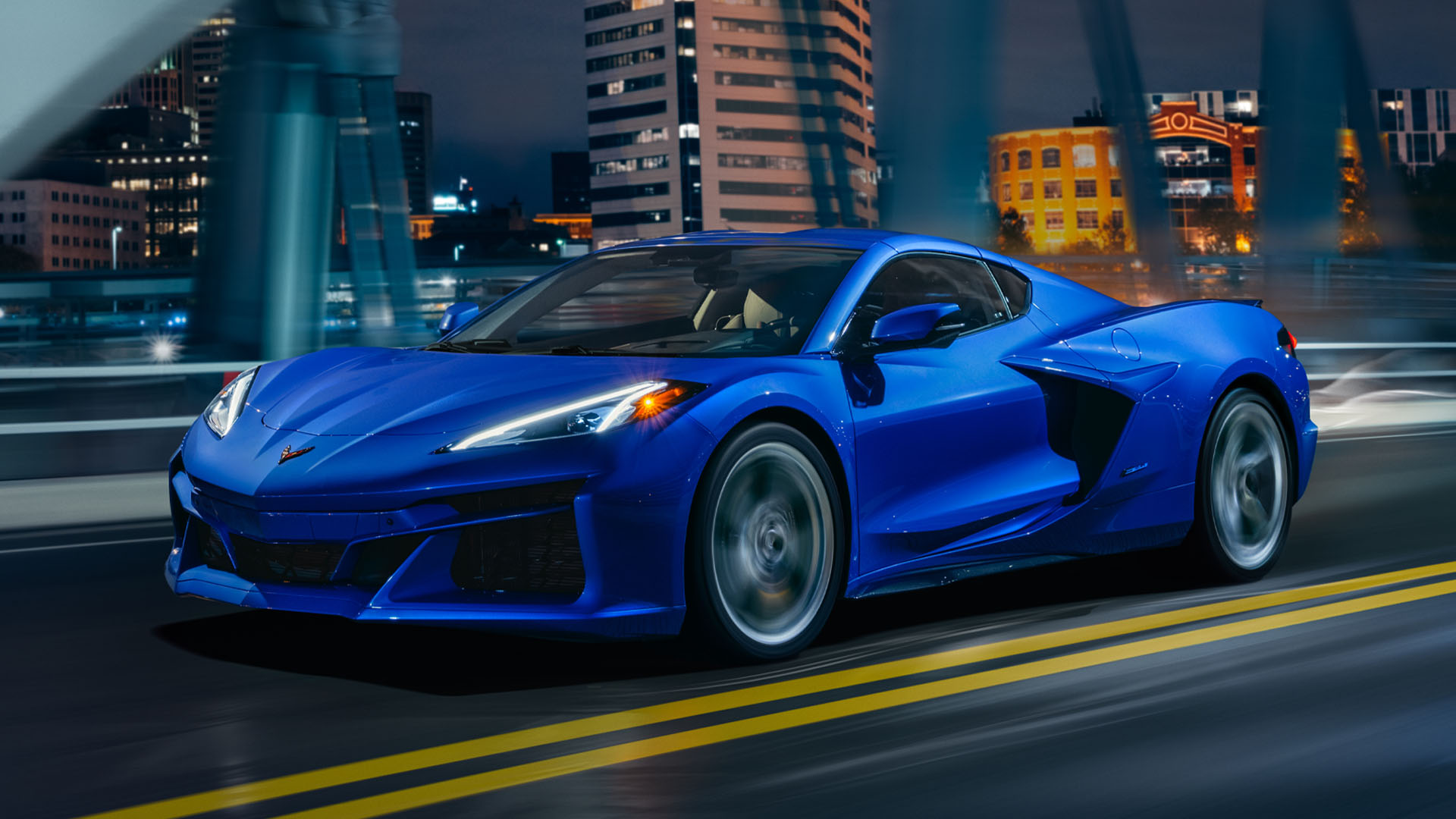

Lots of people think about parts-binning—the act of sharing components within a whole lineup of cars—the wrong way. It doesn’t have to be identical window switches and steering wheels thrown into disparate vehicles to save money; parts-binning can be the proliferation of new technology into a company’s cars to make them better to drive. A prime example of something General Motors should parts-bin right now, on the eve of electrification, is the new 160-horsepower hybrid system out of the 2024 Corvette E-Ray.
We already know the Detroit automaker can’t make enough regular C8 Stingrays to satisfy demand. Hot new trims of the Corvette have no chance of ever getting to everyone who wants one. I think we can arrange for a few extra hybrid systems to fall off the back of a truck.

The best candidates for this electric motor add-on would’ve been front-engine, front-wheel-drive sedans. Just pop the drive unit on the rear axle. It’s that simple. Unfortunately, GM only makes one car like that now, the ninth-generation Malibu, and it’s set to be discontinued next year. I’m still going to briefly discuss a hybrid Malibu anyway because it would be cool—I just want to clear that up. The next best thing is a dedicated EV that takes advantage of the system’s low mass—the motor and battery weigh just 240 pounds (although a battery change would definitely be necessary.) I also want to discuss some more farfetched ideas just to get some discussion going in the comments.
I only want to touch on the hybrid Malibu because I have some manner of personal experience with the car’s preferred drivetrain. I’m not talking about the CVT-backed, 1.5-liter turbocharged engine the car currently has. I don’t really care about that combination. I’m more of a fan of the old 2.0-liter turbo you could get with the car, which was mated to a conventional automatic. That engine, the LTG, is the same basic unit out of the four-cylinder Camaro and roughly the same one I had in both my Saturn Sky Red Line and Cobalt SS. It’s capable of around 270 horsepower, more with a tune.
But let’s cut to the chase here. A 2.0-liter Malibu with an E-Ray drive unit on the rear axle would have 430 horsepower. That would give it not only more power, but very likely a superior power/weight ratio as compared to the dearly-departed Chevy SS Sedan, which got power from a 6.2-liter LS3. I also think the Malibu has the right looks for an SS trim, too. Talk about a car that never got its day in the sun. The thing is sharp as a tack. Imagine it with a more aggressive fender treatment and some reworked fascias.


The dedicated EV I mentioned before I have actually already discussed at length in a separate post. It’s an electric roadster. I think the magnesium-cased, aluminum-fastened drive unit out of the E-Ray is ideal for that kind of car. The battery would have to be different than the practically-a-capacitor unit in the hybrid Corvette, but still, the opportunity to make the first great drop-top, affordable runabout is there.
The last thing I’ll mention is more of a question: What am I missing here? I thought there might be room ahead of the 3.6-liter twin-turbo V6 in the CT4-V Blackwing to fit an electric motor, but I think it would just be nose-heavy even if a drive unit did fit. Really, the best use case is what the Corvette team came up with. What do you think, though? Is there anywhere else in GM’s lineup you could see this technology lending a hand?
Got a tip or question for the author? You can reach them here: peter@thedrive.com